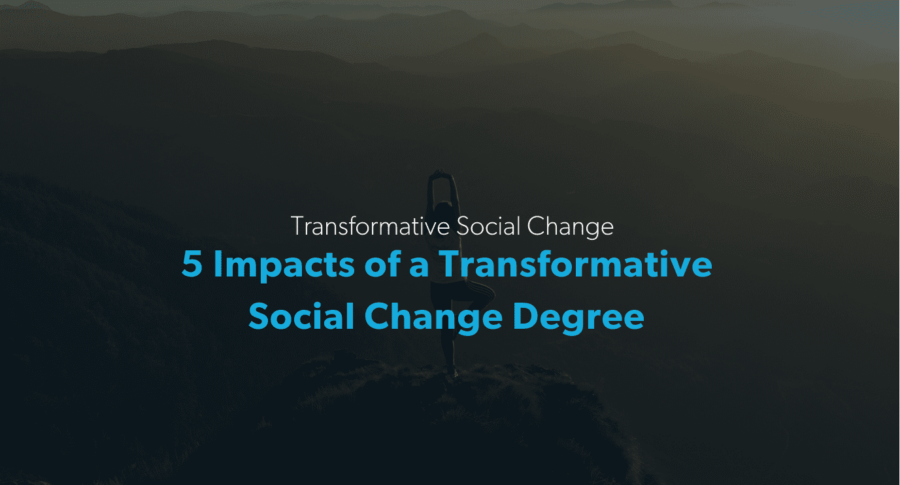In 2017, 56 million millennials were working or looking for work in the U.S., officially replacing Generation X as the largest workforce. This type of generational shift is not new, and, in fact, is impossible to avoid—time remains undefeated.
But, as opposed to race or gender, rarely does generational diversity come to mind when considering the demographics that make up a company or organization. However, with a generational shift currently underway, it is something more companies are being forced to address.
For companies seeking to remain inclusive, diverse, and competitive, these moments can present a great opportunity for reflection and organizational growth.

Telecommuting benefits are now offered by roughly 60 percent of organizations, as opposed to just 20 percent in 1996—and surveys show it is most appealing to both millennials and employees 55 and older (a blend of baby boomers and Generation X).

Rethinking talent recruitment and employee retention
Simone DiMatteo, a business operations manager and Saybrook student in the Ph.D. in Managing Organizational Systems program, is researching how generational shifts can impact talent retention within organizations for her dissertation.
“In 2015, the figure for turnover costs was $30.5 billion—today, it sits at $600 billion,” DiMatteo says, citing Work Institute’s 2018 Retention Report. The report estimates turnover costs could reach nearly $680 billion by 2020 and may be influenced by millennials becoming the most likely generation to job-hop. “For my research, it is important to understand whether generations of employees are more influenced by generational theory or whether their motivation is more driven by where they are at in their career arc, which could be correlated across generations.”
DiMatteo manages a team of five—each person from a different generation—and is focusing her research on motivational factors for employees that an organization can influence, such as compensation, career development, or job security.
“I want to know if certain factors are more important to specific generations,” she says. “You would imagine that for someone headed toward retirement, security might be more important, but it isn’t necessarily true. Security might mean something completely different to a younger generation, like millennials, who are coming out of school with more student loan debt than ever before.”
Companies can use this knowledge to alter their recruitment and employee retention strategies to place greater emphasis on what matters most to employees most.
For example, health care plans and 401(k) accounts were staples of employee benefits in the 1990s as a recruitment and retention strategy. However, while each are still popular, Roth 401(k)s have become increasingly common in place of the traditional 401(k). In another example, telecommuting benefits are now offered by roughly 60 percent of organizations, as opposed to just 20 percent in 1996—and surveys show it is most appealing to both millennials and employees 55 and older (a blend of baby boomers and Generation X).
Organizations that are able to restructure benefit packages to meet the demands of shifting generational demographics can position themselves well to attract and retain talent of any age.

The best way to approach these situations, not surprisingly, is with respect.

Generations are essentially a collective group comprised of millions of individuals who share formative experiences (such as world events and technological, economic, and social shifts) that shape the way in which they see the world. In a work setting, this can sometimes cause conflict and negatively impact an organization’s culture and production.
David Galowich, a Forbes contributor and executive coach, provides an example of this in his article, “The Business Leader’s Guide to Communication Across Generations”.
“I had a coaching situation in an organization recently where a baby boomer kept leaving voicemails for a millennial, and the millennial would only respond using text. The boomer was frustrated about the inability to have a verbal conversation, and the millennial was irritated that he had to constantly pick up voicemails for things that he felt could easily be handled with a quick text.”
The best way to approach these situations, not surprisingly, is with respect. For managers and fellow employees, it’s important to remain open-minded to the way others may be comfortable completing tasks and consider facilitating in-person conversations about the best way to find a middle ground moving forward.
It is also important to be cognizant of generational stereotypes. For example, while there may be a perception amongst baby boomers and Generation X that millennials lack a strong work ethic, there is little validity to this argument. In fact, there is research that may prove the opposite is true.
A study from ManpowerGroup reported that roughly 20 percent of millennials are holding down two jobs; another by Project: Time Off and GfK found they were more likely to identify as “work martyrs” and take less time off than other generations. And technology has enabled employees of all generations to remain connected every hour of every day, blurring the perception of what can truly be classified as “on the clock”.
To get ahead of interpersonal issues that may arise from generational differences, organizations may consider implementing mentoring programs—which can go both ways. This can bridge a divide between both younger and elder generations by encouraging them to share knowledge of how they perceive the workplace and explain different methods they have found to be most effective for their work.

Transferring knowledge
Mentorship programs that bridge generational divides can also be a powerful tool to address another challenge of this type of demographic shift in the labor force: institutional knowledge loss.
The BLS projects the number of workers over the age of 55 to more than double (from 12 to 25 percent of the labor force) by the year 2024. And, currently, nearly half of workers age 55 or older work in management positions. But eventually these workers will retire, and take with them much of their expertise.
“It’s one of the expenses that can be difficult to quantify for an organization,” DiMatteo says, “Somebody that has been in an organization for five or 10 years—even their entire career—when they walk away that can be a major loss for an organization.”
One story published in the Harvard Business Review claims an organization estimated that a retirement wave of 700 employees would amount to over 27,000 years of experience lost.
In addition to mentoring programs that can encourage the organic transfer of knowledge from one generation to the next, companies can also mitigate this risk through some type of knowledge repository. This can be developed by formally documenting processes and procedures with the goal of enhancing the onboarding process for new employees or easing the transition process upon someone’s retirement or departure from a company.

The next generation
Generation Z is just beginning to enter the labor force, and will soon begin to put their own unique spin on it. One day, they will be pushed aside by Generation Alpha. This shouldn’t be seen as a problem, but rather an opportunity that forces organizations in every generation to find better ways to incorporate and include diverse age populations, because that is who makes up the workforce. Every generation will continue to bring a unique influence to the way organizations function. But the best organizations will remain proactive and willing to adapt.

Learn more about Saybrook University
If you are interested in learning more about the community and academic programs at Saybrook University, fill out the form below to request more information. You can also apply today through our application portal.
Find Out More
Recent Posts































